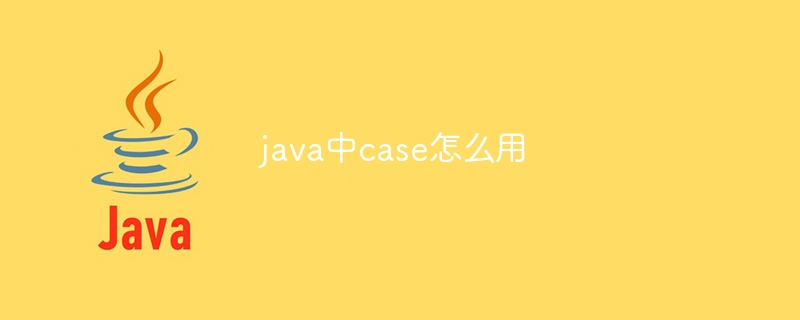
The switch-case statement in Java is a control flow statement used to execute different blocks of code based on the value of an expression. Its syntax is: switch (expression) { case value1: // Execute code break; ... default: // Execute code}. Can be used to execute different blocks of code based on the value of an expression, such as menu selections or file extension handling. The advantages include readability and maintainability, but the disadvantages are that it may lead to code redundancy and missing values leading to undefined behavior.

Switch-case statement in Java
What is switch-case statement?
The switch-case statement is a control flow statement used to execute different blocks of code based on the value of an expression.
Syntax:
<code class="java">switch (expression) {
case value1:
// 执行当表达式的值为 value1 时的代码
break;
case value2:
// 执行当表达式的值为 value2 时的代码
break;
...
default:
// 执行当表达式的值与任何 case 不匹配时的代码
}</code>Working mechanism:
When to use switch-case statements?
When you need to execute different blocks of code based on the value of an expression, you can use the switch-case statement. For example:
Advantages:
Disadvantages:
The above is the detailed content of How to use case in java. For more information, please follow other related articles on the PHP Chinese website!




